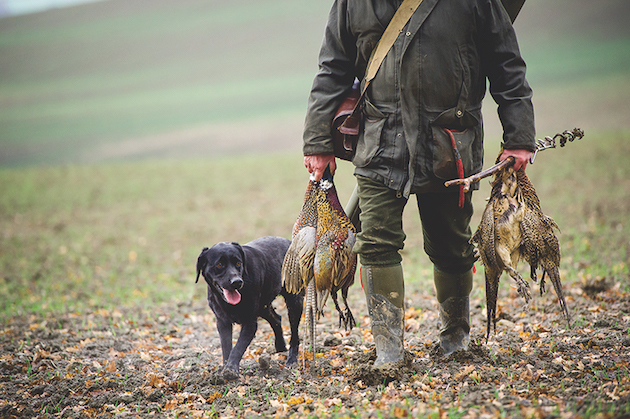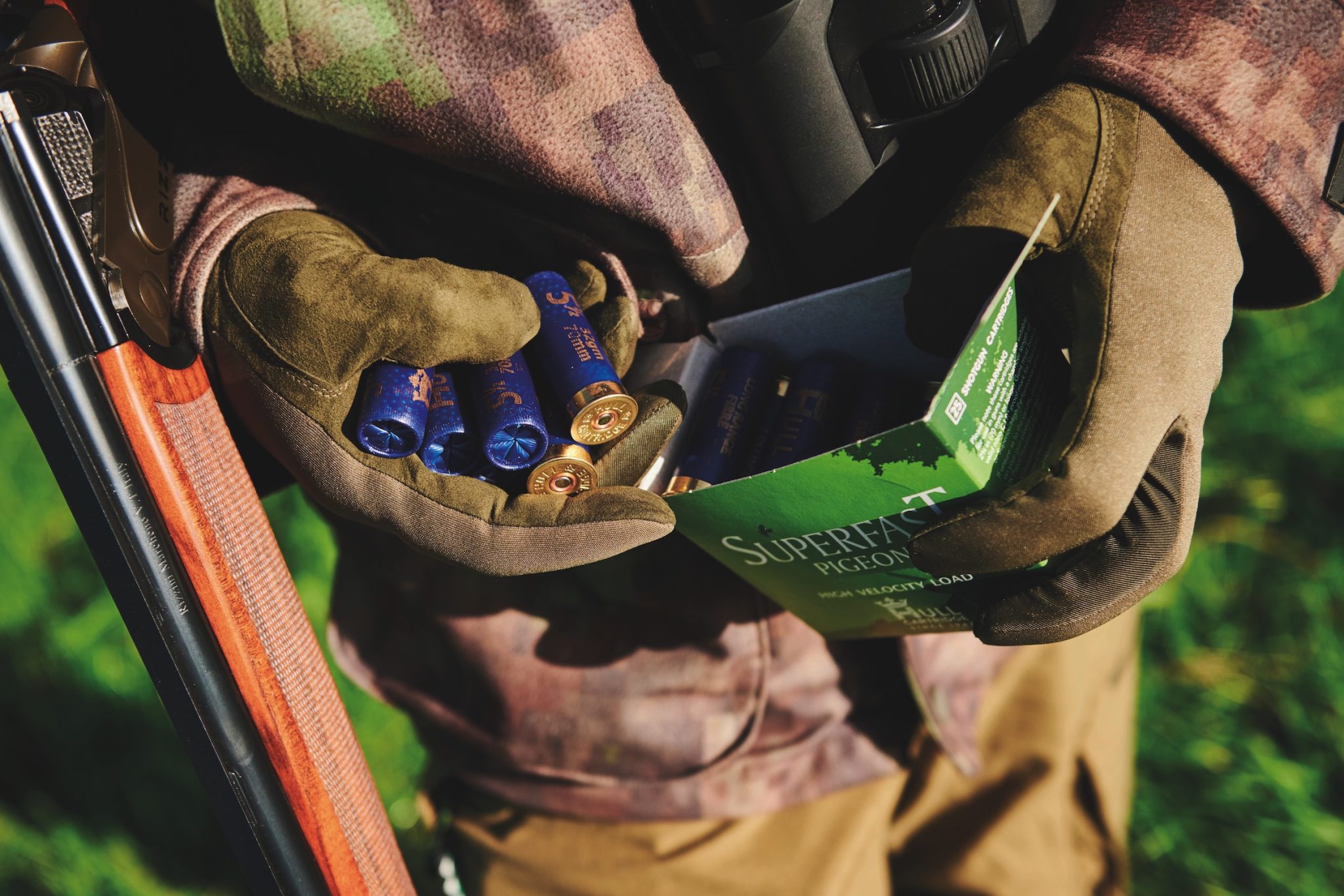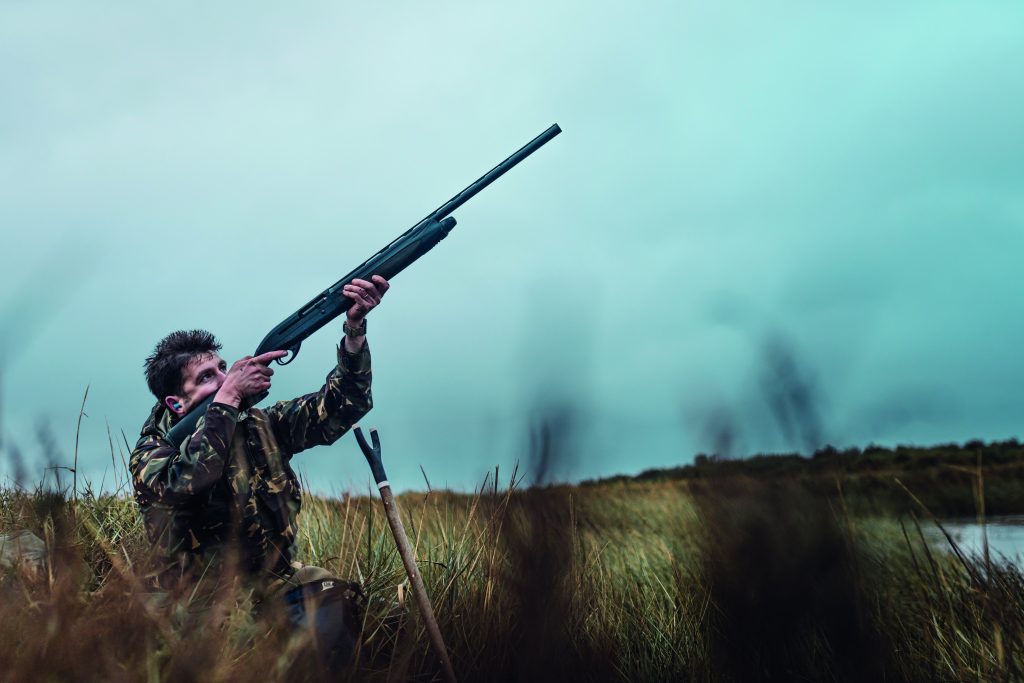The countdown is on for The British Shooting Show – book tickets online today and save on gate price!
.20 Tactical calibre review
The .20 Tactical calibre is often considered as the best pest control round for British shooters. Will manufacturers ever make the rifles to match it?
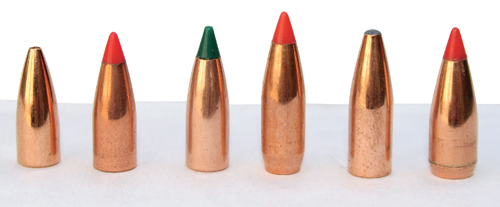
Cartridges are constantly developing and old calibres that were not popular when they were originally created often evolve into more successful rounds.
One of these was the 5mm / .223 vermin round. This was a .223 case necked down to shoot handmade 5mm-calibre bullets. However, the lack of good bullets, cleaning and reloading kit meant its good performance was enjoyed only by a lucky and well-heeled few.
Since then, the .204 (20) calibre has been having a well-deserved revival, especially now that the .204 Ruger is a factory-made rifle chambering.
The real interest was sparked by an American, Todd Kindler, who persuaded the manufacturers to supply high-quality .204 bullets.
Todd invented a new 20 calibre based on the .223 case, resulting in the very modern .204 cartridge known as the 20 Tactical or Tac 20.
The .204 Ruger is factory-loaded, but the 20 Tactical is the far better and more practical 20 calibre, and suits British vermin or fox shooters perfectly.
Good-quality Lapua brass casing can be sourced readily. Berger was the first to introduce a .204 calibre bullet, followed by Hornady, Sierra and now Nosler, with some very useful weights.
This, combined with today?s high-quality cleaning equipment, such as rods and jags from Pro Shot, means owning a 20 calibre is no longer a hassle.
CASE PREPARATION
The 20 Tactical uses a .223 cartridge reduced in neck diameter and increased in neck length, giving it a new shoulder angle of 30 degrees.
This means that you can enjoy the benefits of the .204 calibre bullets, which have a similar weight but a higher ballistic coefficient than the .224.

ABOVE: The .204 bullets: (L-R) 30-grain Berger, 32-grain V-Max, 39-grain Blitz King, 40-grain V-Max, 45-grain Hornady and a 40-grain V-Max .224 bullet for comparison.
Redding and RCBS produce reloading and forming dies. Wilson makes hand dies with neck sizers and seaters.
Forming the brass could not be simpler. Simply lubricate an unused case on the neck and shoulder and run it through the No.1 Tac 20 form die to reduce the neck diameter.
Next, re-lubricate it and run it through the full-length die, in this case a Redding unit.
Then deburr and chamfer the case neck and fire-form the load in your rifle?s chamber. It?s a simple case to form and it has real benefits.
A CUSTOM-MADE RIFLE
A rifle with a tired barrel can easily be re-barrelled in this cartridge, but many choose to have a rifle custom-built for the round.
I have shot many 20 Tacticals in recent years. The one I had on test was a fine example by Steve Bowers.
It was based on a precision Predator action with a one-in-11 twist 26in barrel and Pac-Nor three-groove rifling.
It had a PES Scout sound moderator and the whole thing was set in a green paint-finished fibreglass McMillan A5 stock.
The finished product was a highly accurate and very practical vermin or fox rifle.
TESTING THE RELOADS
Reloading a new cartridge for the first time can be daunting, but data for the 20 Tactical can be found in the new Hodgdon reloading manual.
Differing barrel makes and twists mean very small variations in charge can cause dramatic velocity and pressure changes.
As with all small calibres it is, therefore, important to start with small changes to the powder charge and to look for pressure signs on the case in the form of flat primers or ejector marks on the rim.
Powders that work well in .223 cartridges also work in the 20 Tactical. The IMR 4198, Vit N130, Reloder 10X, Benchmark, BLC-2 or Vit N133 suit any of the bullet weights and it will soon become clear which is the most suitable for your rifle.
Hornady and Nosler offer 32- and 40-grain bullets and Sierra make 32- and 39-grain projectiles.
All are polymer-tipped and have thin jackets, giving rapid expansion when they hit the target. Hornady also offers a soft lead-tipped 45-grain bullet for a more controlled expansion.
Berger makes 30-, 35-, 40-, 50- and new 55-grain bullets which are match-grade and have a hollowpoint design. All the bullets mentioned stabilise in a one-in-12 twist-rate barrel apart from the 50- and 55-grain Bergers, which require a faster one-in-nine twist.
However, a one-in-11 might be better than the one-in-12, if you want to be sure of bullet stability, especially with the 45-grain Hornadys.
Because there is little difference in shape between the .223 and the .204 calibre, you can fire-form the case (blow it out to the correct dimensions in the rifle?s chamber) with the first load you wish to try.
I started with 23 grains of Vit N130 under a Sierra 39-grain Blitz King bullet.
This yielded 3,639fps, which was nice and mild.
An increase of only half a grain to 23.5 increased the velocity hugely to 3,783fps.
A final load of 24 grains yielded a velocity of 3,880fps with 1,304ft/lb of energy.
This was not a top load, but with every bullet touching at 100 yards it was best to stop when the going was good.
24 grains of Reloder 10 X with a 40-grain Hornady V-Max shot at 3,857fps and 1,322ft/lb energy.
A 39-grain bullet with 26.5 grains of BLC-2 powder gave an accurate but mild 3,758fps and 1,255ft/lb of energy.
The 45-grain bullets are generally too heavy, but a load of 24 grains of Vit N133 pushed this weight at 3,650fps, which is good for foxes if your rifle shoots it accurately.
The 32-grain bullet and the 20 Tactical were made for each other and bullets in this size by Nosler, Hornady and Sierra really excel.
The lighter 30-grain Bergers are also excellent.
From a 26” barrel 25.5 grains of Hodgdon H 322 will fire a 32-grain bullet at 4,015fps and the same weight of Benchmark powder achieves 3,888fps.
If velocity is a priority then 23.5 grains of IMR 4198 can push a 32-grain Blitz King at 4,081fps and 1,184ft/lb energy.
Alternatively, 25 grains of Vit N130, which works well with the 39 or 40-grain bullets, can push a 30-grain Berger to 4,104fps from the right size barrel.
DOWN-RANGE PERFORMANCE
The .20 Tactical excels in terms of its trajectory. Frugal powder weights producing high velocities with high ballistic coefficient bullets gave superior performances when compared with a .224.
A 40-grain .204 Hornady V-Max bullet with a ballistic coefficient of 0.275 starting at 3,880fps zeroed at 100 yards.
It only dropped 0.9” at 200 yards, 5.6” at 300 yards and 15” at 400 yards. The same weight 0.224 V-Max bullet at the same velocity had a ballistic coefficient of only 0.200.
It dropped 1.2” at 200 yards, 6.8” at 300 yards and 18.6” at 400 yards.
At 400 yards, the smaller .204 bullet drifted 15.6” in a 10mph crosswind compared with 22.1” for the .224 bullet.
This is all due to the higher ballistic coefficient values from the small, more streamlined .204 calibre compared with the comparatively fatter, less efficient .224 projectile.
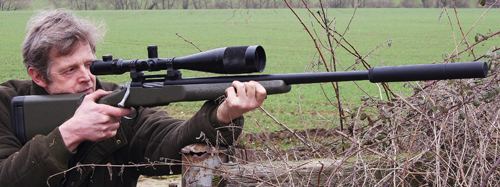
ABOVE: Steve Bowers built this 20-calibre rifle using a McMillan A5 stock and Predator action.
It?s the difference between a hit or a miss at range or, worse, a wounding shot.
CONCLUSION
The 20 Tactical cartridge offers the British shooter probably the best harmonised and efficient varmint/fox cartridge available if you are willing to buy a custom-built rifle or re-barrel an existing .17 Remington, .222 or .223, which is not expensive to do.
At normal vermin or fox ranges of less than 200 yards the ballistic advantages may not be enough to inspire a switch from the .223 to a 20 Tactical, but for longer shots the more aerodynamic Tac 20 is superior in every respect.
Do not be put off by the case forming and reloading – it is very easy and yields superb ballistics and accuracy and it is easy to attach a sound moderator for vermin or fox control.
I do not think it will be long before we see factory rifles in this calibre.
Cooper Arms already offers single-shot varmint rifles in the calibre.
I would choose it over the larger but no better .204 Ruger we have at present.
Read more Ammo Reviews!
Related Articles
Get the latest news delivered direct to your door
Subscribe to Shooting Times & Country
Discover the ultimate companion for field sports enthusiasts with Shooting Times & Country Magazine, the UK’s leading weekly publication that has been at the forefront of shooting culture since 1882. Subscribers gain access to expert tips, comprehensive gear reviews, seasonal advice and a vibrant community of like-minded shooters.
Save on shop price when you subscribe with weekly issues featuring in-depth articles on gundog training, exclusive member offers and access to the digital back issue library. A Shooting Times & Country subscription is more than a magazine, don’t just read about the countryside; immerse yourself in its most authoritative and engaging publication.



